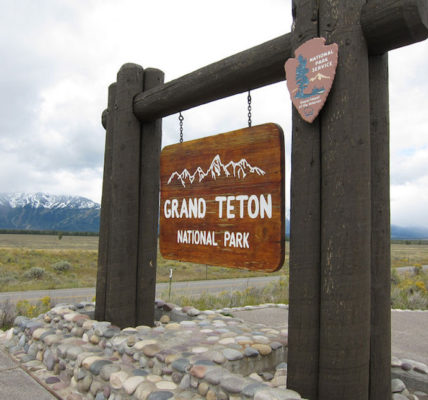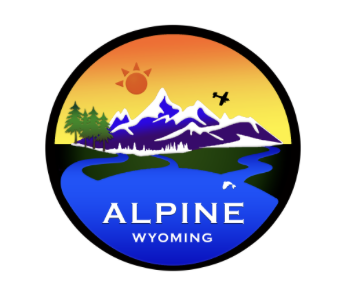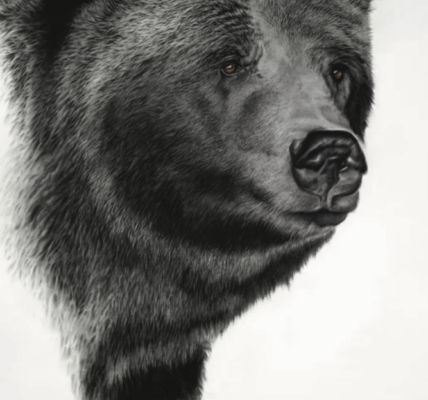Wildland firefighters are special people. They spend their days putting out wildfires that can raze hundreds of acres of forest and prairie land. They also work to prevent such fires from happening in the first place. Interestingly, wildland firefighters don’t have a single job. In fact, there are dozens of careers connected with wildland firefighters and the protection of our nation’s natural spaces. What are the different jobs of a wildland firefighter? Here’s a small sample!
Frontline Crews
When you think of wildland firefighters, you probably think about the frontline crews. Wearing helmets and safety gear and operating an assortment of tools, these folks go face-to-face with a blaze. Frontline crews operate hoses and axes, of course, but they also use shovels to dig fire breaks or handle chainsaws to clear trees and brush in the path of an oncoming blaze. It’s tough work, and they can spend days and even weeks in the field battling fires and trying to save lives, property, and nature.
Smokejumpers and Hotshots
Every firefighter’s job is important, and smokejumpers and hotshots probably face the greatest danger. Smokejumpers literally jump into fires, parachuting into remote areas not reachable by vehicles. These firefighters have special training to fight fires and operate parachutes, of course, and they are adept at surviving outdoors. They could be in ravaged land for a while, after all.
Hotshots are an elite group trained to take the heat and tame it. They deal with the hottest parts of a blaze and need special training and equipment to survive in excruciatingly high temperatures.
Lookouts
These wildland firefighters keep an eye on things, watching parts of the forest or other wildlands for fires or any places showing potential to go up in smoke. These people spend time high up in watchtowers, looking for smoke and fire and preparing to identify its location and alert the crews by radio. The job requires a focused mind and the ability to avoid distractions.
Fire Behavior Analysts
There’s a science to fire, and fire can seem very much alive. Its “behavior” and reactions are predictable, allowing fire behavior analysts to deliver information about preventing or stopping a blaze. Fire behavior analysts study the weather, terrain, vegetation, and other aspects of an area and determine why a fire might start. They also lend support and knowledge to ground crews fighting the fire.
Support and Logistics
Without supplies, the ground crews fighting a fire are in trouble. Support and logistics teams plan and manage the wildland firefighters’ response to a blaze. They also coordinate communications and provide the necessary tools and resources, from pumper trucks and hoses to shovels and food.
We’ve only scratched the surface of the different jobs of a wildland firefighter! If you’re interested in pursuing a career in the field, it’s best to start out as a volunteer firefighter. As wildfires happen more frequently, there’ll be a bigger demand for these noble professionals.





